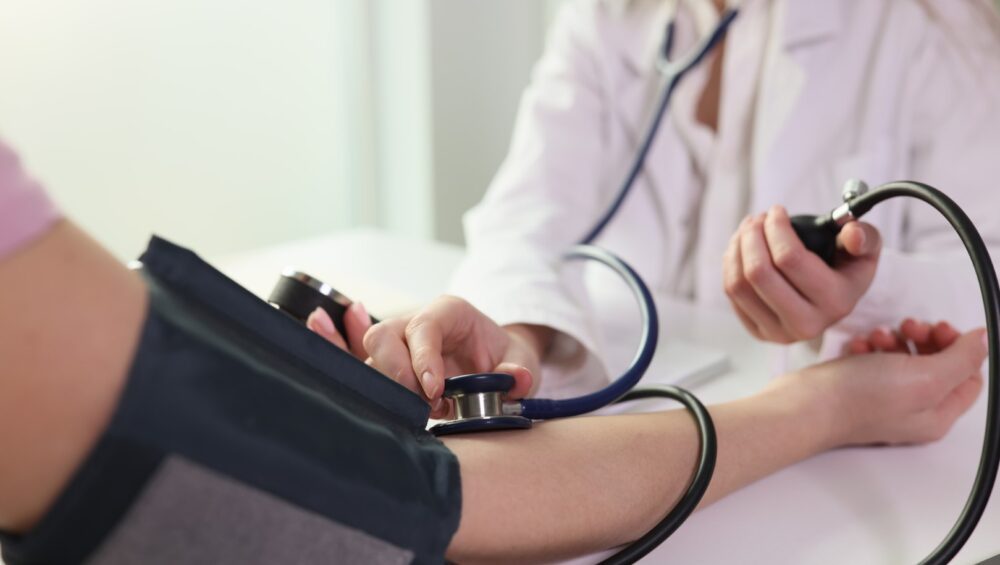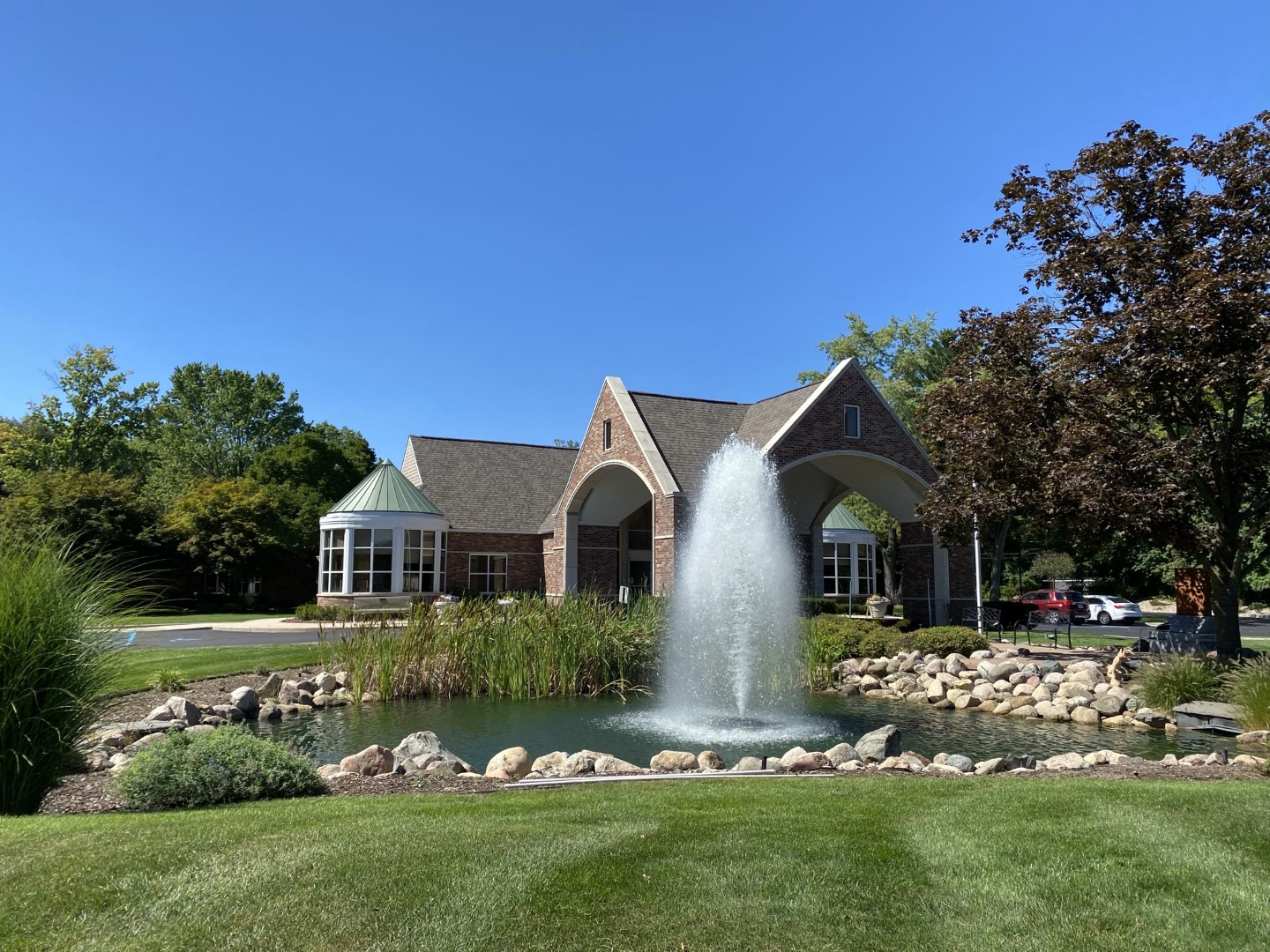High blood pressure is a common disease that affects 1 in 4 adults, but what about low blood pressure? How common is it and what are the signs and symptoms?
Low blood pressure, also known as hypotension, is a condition where the blood pressure in the arteries is abnormally low. Low blood pressure is not as common as high blood pressure, but it can still affect many people, especially older adults, pregnant women, and people with certain medical conditions or medications.
Low blood pressure can cause various signs and symptoms, such as:
- Dizziness or lightheadedness
- Fainting or syncope
- Blurred vision
- Nausea or vomiting
- Fatigue or weakness
- Confusion or disorientation
- Cold, clammy, or pale skin
- Rapid or shallow breathing
- Chest pain or heart palpitations
Low blood pressure can have different causes, such as:
- Dehydration or fluid loss due to vomiting, diarrhea, sweating, or fever
- Blood loss due to injury, surgery, or internal bleeding
- Heart problems such as heart attack, heart failure, arrhythmia, or valve disease
- Endocrine problems such as thyroid disorders, adrenal insufficiency, or diabetes
- Neurological problems such as Parkinson’s disease, multiple system atrophy, or autonomic neuropathy
- Medications such as diuretics, beta blockers, calcium channel blockers, antidepressants, or erectile dysfunction drugs
- Allergic reactions such as anaphylaxis or severe asthma
- Infections such as sepsis or shock
Low blood pressure can be diagnosed by measuring the blood pressure with a device called a sphygmomanometer. A normal blood pressure range is between 90/60 mmHg and 120/80 mmHg. A blood pressure lower than 90/60 mmHg is considered low.
Low blood pressure can be treated by addressing the underlying cause and by taking some measures to raise the blood pressure, such as:
- Drinking more fluids to prevent dehydration and increase blood volume
- Eating more salt to retain water and increase blood pressure
- Wearing compression stockings to prevent blood from pooling in the legs and improve circulation
- Changing positions slowly and carefully to avoid sudden drops in blood pressure
- Taking medications that can raise blood pressure, such as fludrocortisone or midodrine
Low blood pressure can be prevented by maintaining a healthy lifestyle and by monitoring the blood pressure regularly. Some tips to prevent low blood pressure are:
- Eating a balanced diet that includes fruits, vegetables, whole grains, lean proteins, and healthy fats
- Drinking enough water and avoiding alcohol and caffeine
- Exercising moderately and regularly to strengthen the heart and improve blood flow
- Quitting smoking and managing stress
- Consulting the doctor before taking any new medication or supplement
Low blood pressure is not always a serious problem, but it can sometimes cause complications such as fainting, falls, injuries, organ damage, or shock. Therefore, it is important to seek medical attention if the low blood pressure is severe, persistent, or accompanied by other symptoms.





